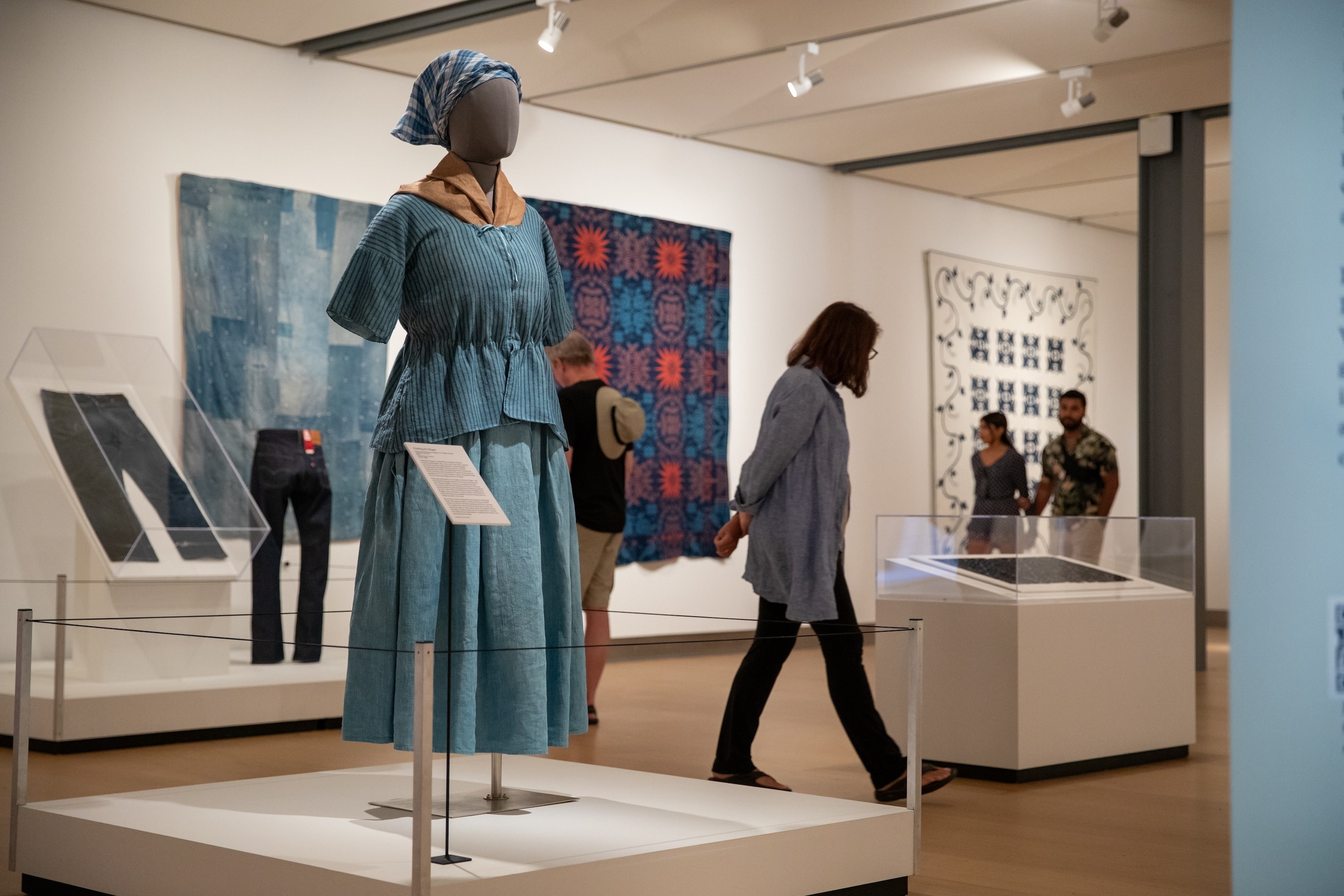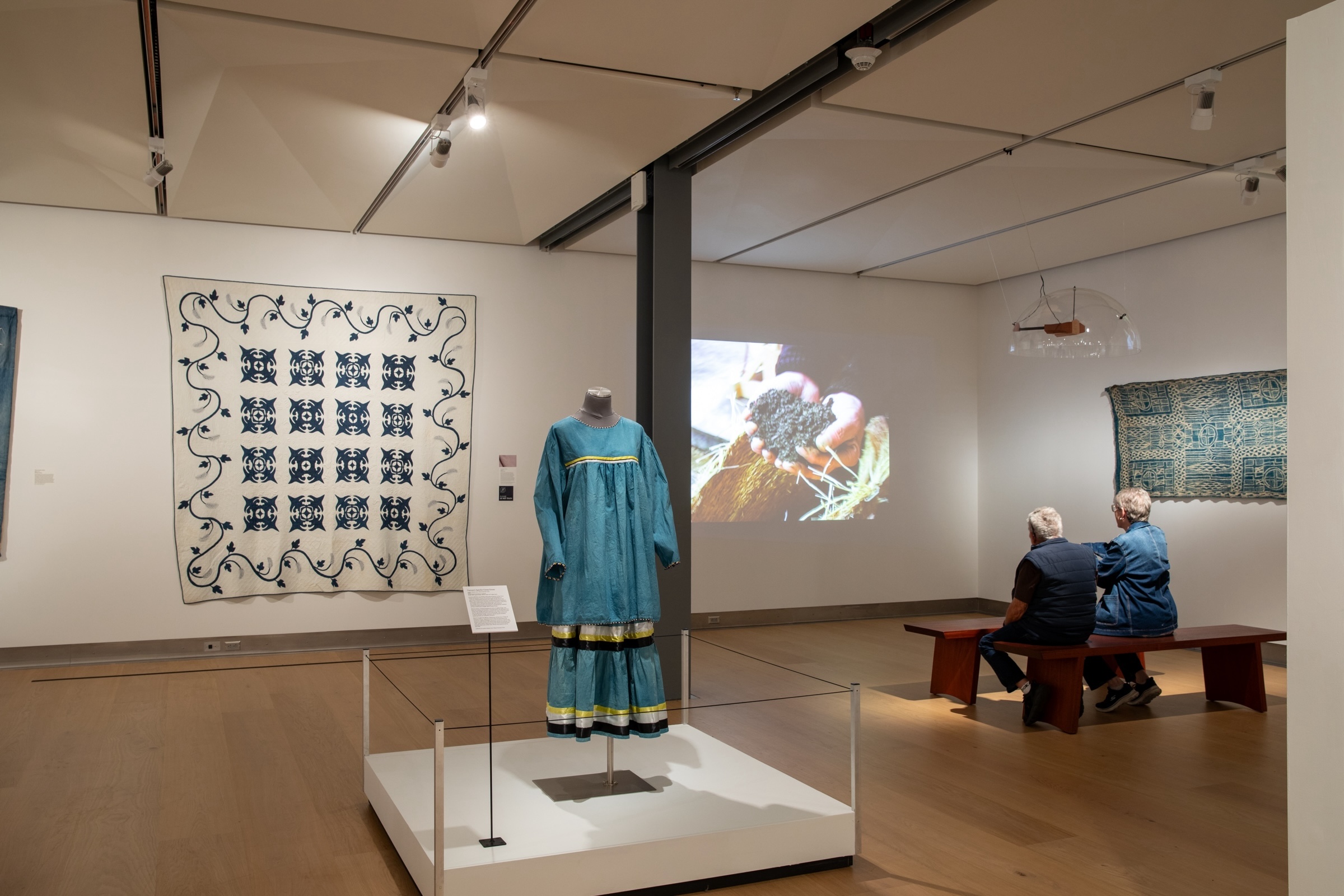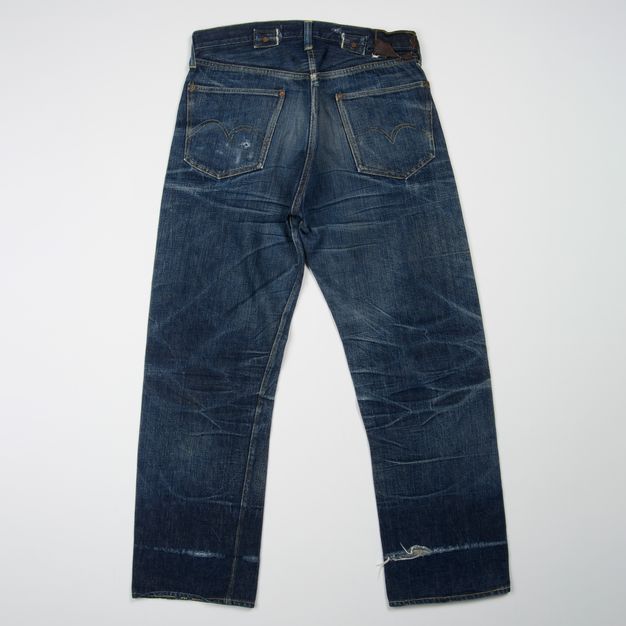In 1897 synthetic indigo was introduced to the market by German chemist Adolf von Baeyer, following over 30 years of development. Produced in larger quantities and at lower costs, synthetic indigo quickly spread worldwide, replacing its natural counterpart in many regions.


Synthetic indigo’s chemical signature is identical to natural indigo, achieving the same intense blue hue. Although chemically interchangeable, experts note subtle differences due to the imperfections in natural indigo, which provide a distinct characteristic to the dyed fabric. Additionally, artisans mention missing the earthy smells commonly associated with the natural dye vat. These natural properties and cultural connections led many artisans to resist the synthetic version. However, the cost advantages of synthetic indigo eventually outweighed the appeal of the natural dye.

The emergence of other synthetic blues added competition for both natural and synthetic indigo, which seemed destined to disappear into irrelevance. The advent of blue jeans shifted this trajectory, sparking a cultural phenomenon and renewing demand for indigo and its unique “fading” properties. Due to the way indigo attaches to fibers, small indigo particles can be rubbed away from the fabric, exposing the white cotton of the weft.
In recent decades, a growing trend towards sustainable and natural materials has revived interest in naturally derived dyes and fibers. Synthetic indigo production releases harmful toxins, posing risks to both workers and the environment. This concern, coupled with a renewed appreciation for ancestral knowledge, has led to a resurgence of traditional practices. Artisans worldwide, including the makers featured in this exhibition, embrace and revitalize natural indigo techniques.

Header Image: Work-Clothes Quilt (detail), Unidentified Maker, 1940s, United States of America. Cotton, denim, work clothes, 54 x 70 in. (137 x 178 cm). Mingei International Museum, Museum purchase, 2020-006-001.